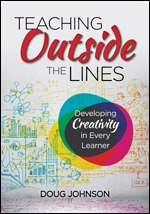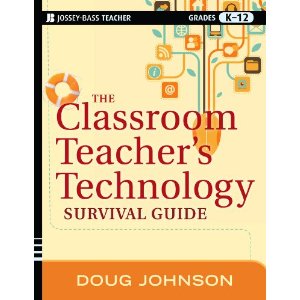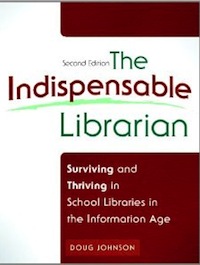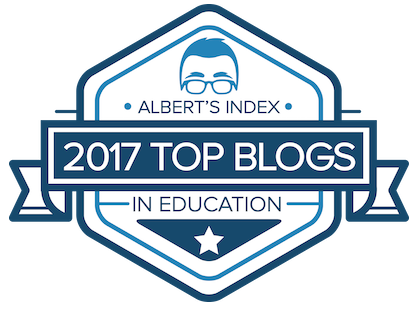How can we help shape teacher attitudes toward technology?
 Thursday, September 27, 2007 at 11:27AM
Thursday, September 27, 2007 at 11:27AM In a recent blog post I wrote that I always find it amazing (and even a little frustrating) that some teachers can't get enough technology in their classrooms and give their kids enough experiences using it, while other teachers still grumble at even having to use anything more complicated than an overhead projector. And that I don't think it breaks down neatly along generational lines.
It has to do with attitude. As Henry Ford once observed, "If you think you can do a thing or think you can’t do a thing, you’re right." So I've been thinking again about how can we help shape teacher attitudes toward technology.
This has been a hot enough topic in the blogosphere lately, I thought it might be time to dust off my "If You Can Do a Thing" presentation and submit it as a session proposal for NECC. It's early enough that if it is accepted, I can revise and re-give this survey in my district. How might this tool be improved?
The last time it was given, we developed these stategies from helping shape teacher tech attitudes:
- Stress the WIIFM (What’s In It For Me) reasons for computer use. Any inservice or new project should have at its heart the clear goal of making a teacher’s job easier or providing the kind of exciting learning opportunities that make teaching more enjoyable. (Examined at length in a column, too.)
- Give the end user (teacher) a voice in deciding equipment platforms, software adopted, and timelines for implementation. Everybody hates top-down edicts. Make them as seldom as possible.
- Take a hard look at your inservice times to make sure they are as convenient as possible for teachers. Consider a range of training options that suit individual teacher learning styles. While many people learn well in hands-on, face-to-face training sessions, others may prefer online or video instruction, well-written tutorials, or simply the time and peace needed to learn through experimentation.
- Adjust the attitude of the technology support staff. As all of us help teachers with computer hardware and use problems, are we doing our best in making sure they are respected for the intelligent, loveable people they really are?
Sound reasonable?
 Off to Long Island to give a day of presentations for a BOCES and then a long weekend on Manhattan with the LWW. The Skunk will be silent for a few days.
Off to Long Island to give a day of presentations for a BOCES and then a long weekend on Manhattan with the LWW. The Skunk will be silent for a few days.










